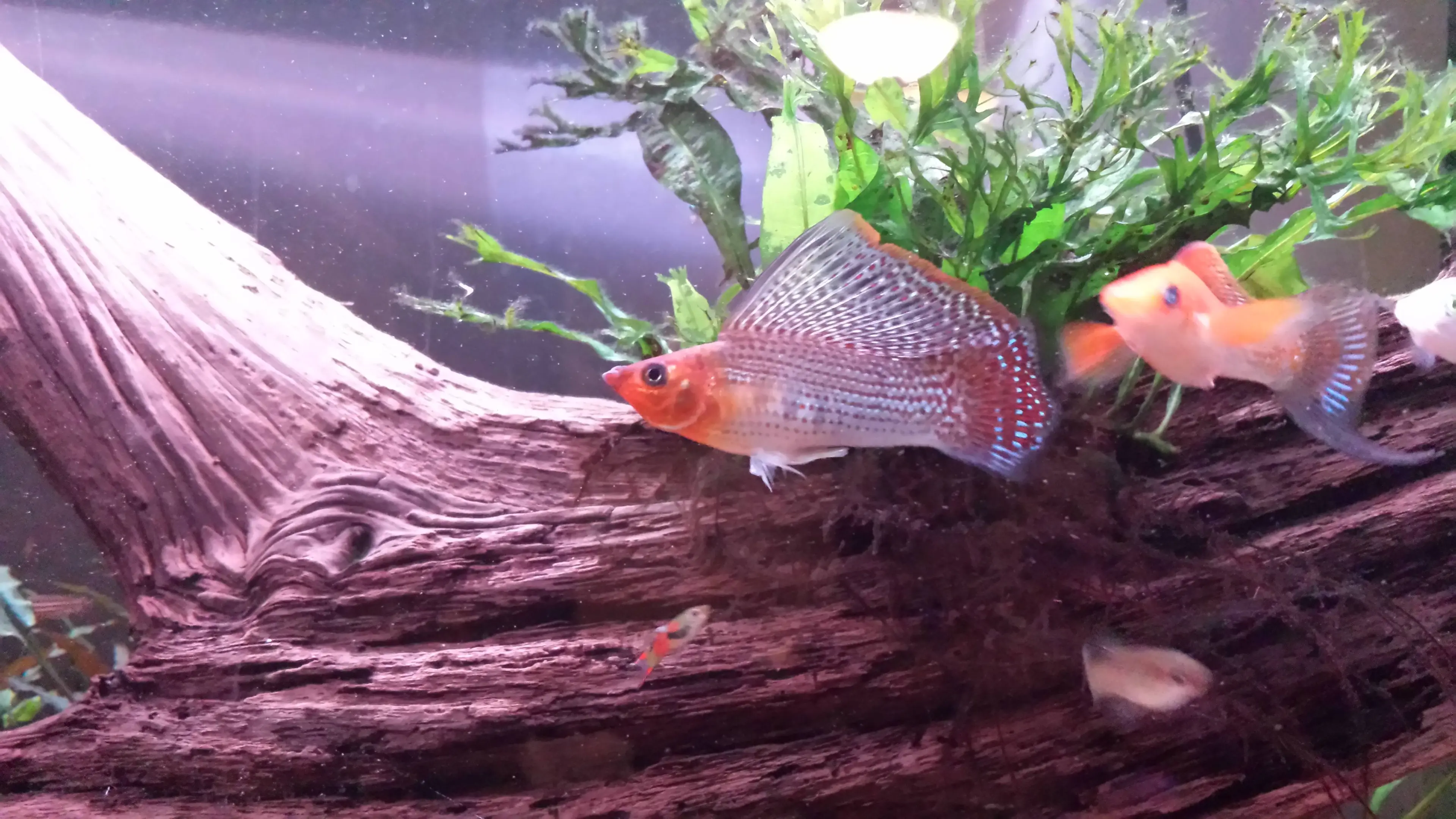Ahoy, matey! Are you looking to add a touch of elegance and grace to your aquarium? Look no further than the majestic sailfin molly! These beautiful fish are sure to make a splash in your tank with their sail-like dorsal fins and vibrant colors. But before you hoist anchor and set sail on your mollies' journey, it's important to understand their origins, care requirements, and unique behaviors. In this article, we'll cover everything you need to know to keep your sailfin mollies happy and healthy on the high seas of your aquarium. So grab your scuba gear, and let's dive in!
Origins and History
Sailfin mollies, also known by their scientific name Poecilia latipinna, are native to the Atlantic coast of North and Central America, from Florida to Mexico. These fish are typically found in brackish waters, which are a mix of freshwater and saltwater.
The sailfin molly is a close relative of the common molly (Poecilia sphenops), but they are easily distinguished by their large, sail-like dorsal fin. Sailfin mollies were first discovered in 1821 by naturalist Constantine Rafinesque, who named the species after its distinctive dorsal fin.
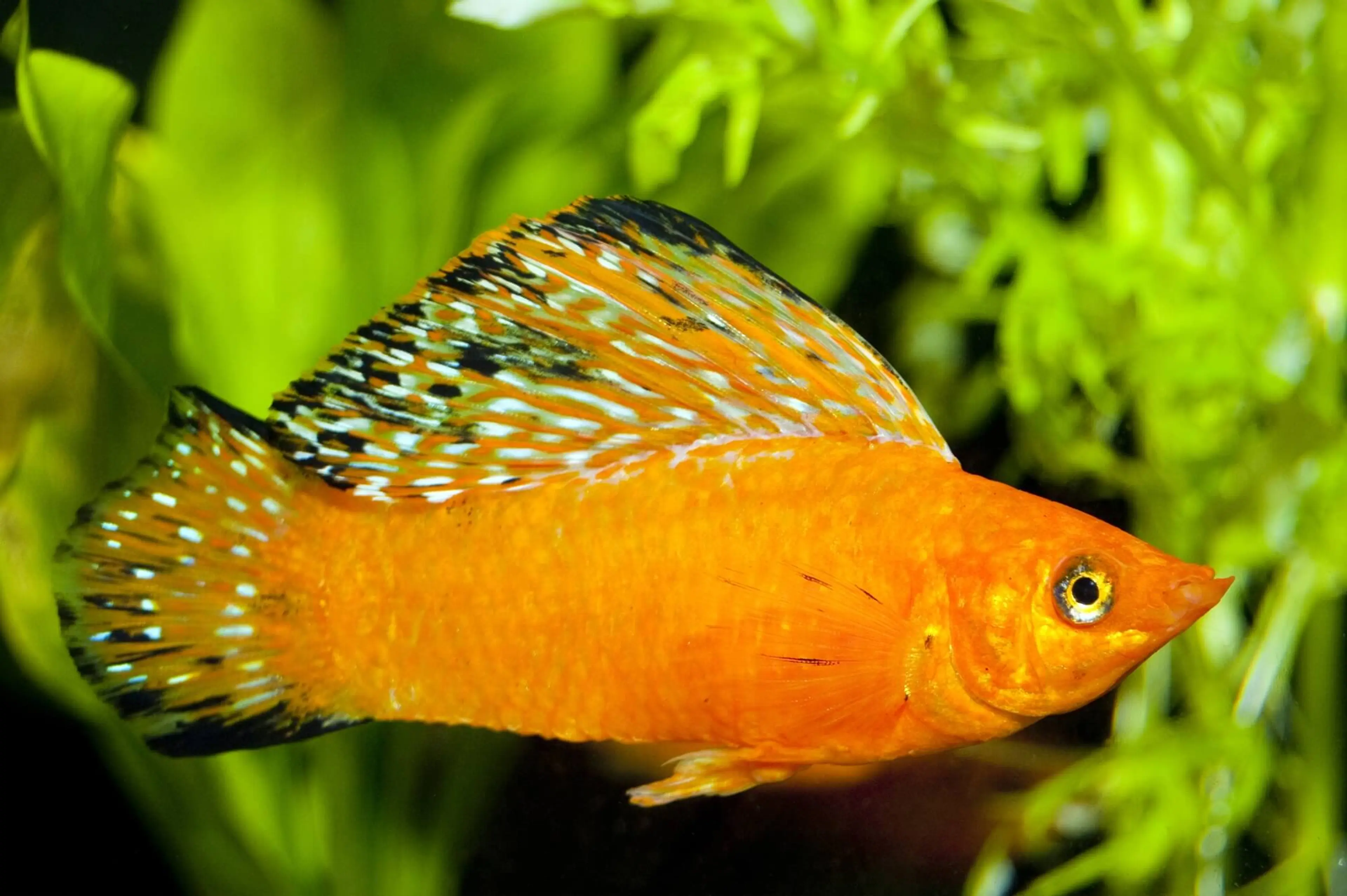
In the wild, sailfin mollies are an important part of the ecosystem as they help to control the mosquito population by feeding on mosquito larvae. They are also known to play a role in the diets of larger fish and birds.
Now that we know where sailfin mollies come from, let's dive into the specifics of keeping them in an aquarium.
Species
Sailfin mollies belong to the family Poeciliidae, which includes other popular aquarium fish such as guppies and swordtails. Within the species Poecilia latipinna, there are several different varieties that have been selectively bred for their unique colors and patterns. Some popular varieties of sailfin mollies include the Black Sailfin, the Dalmatian, and the Gold Dust.
Sailfin mollies are typically larger than their common molly relatives, with males reaching lengths of up to 4 inches and females growing up to 6 inches in length. They are generally peaceful fish, but males can become territorial during breeding season.
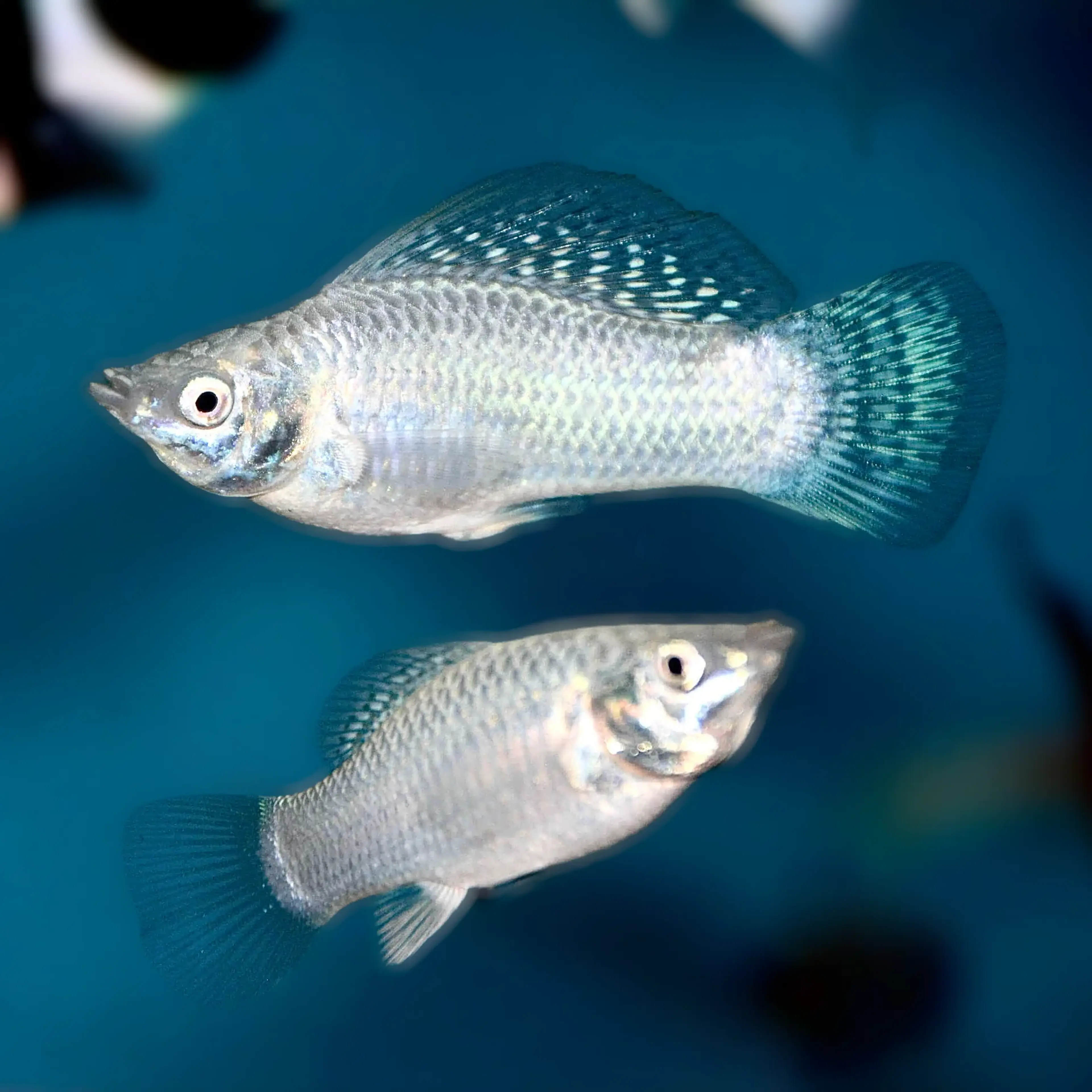
One of the most distinctive features of sailfin mollies is their large dorsal fin, which can be up to three times the height of their body. This fin is used for display during courtship and to intimidate rivals.
Now that we've covered the different varieties and physical characteristics of sailfin mollies, let's move on to the tank setup needed to keep them healthy in an aquarium.
| Species | |
| Name: | Sailfin molly |
| Family: | Poecilia latipinna |
| Origin: | Atlantic coast of North and Central America |
| Care | |
| Care level: | Beginner-friendly |
| Life span: | up to 5 years |
| Diet | |
| Diet | Tropical fish flakes, Mini-pellets, Brine shrimp, Blood worms, Daphnia |
| Behavior | |
| Temperament: | Peaceful community fish |
| Activity: | Playful, friendly, and curious |
| Breeding: | Livebearer |
| Aquarium | |
| Tank size: | 20 gallons |
| 76 liters | |
| Tank level: | All levels |
| Flow rate: | Medium |
| Planted tank: | Safe with plants |
| Aquarium parameters | |
| Temperature: | 75-82℉ |
| 24-28℃ | |
| pH Range: | 7.5-8.5 |
Tank setup
When setting up an aquarium for sailfin mollies, it's important to provide them with plenty of space to swim and play. A tank that is at least 20 gallons is recommended for a small group of sailfin mollies.
Sailfin mollies are a freshwater fish, but they do best in brackish water conditions. A specific gravity of 1.005 to 1.010 is ideal for sailfin mollies, which is slightly more saline than typical freshwater aquariums. Adding aquarium salt to the water can help achieve the appropriate salinity level.
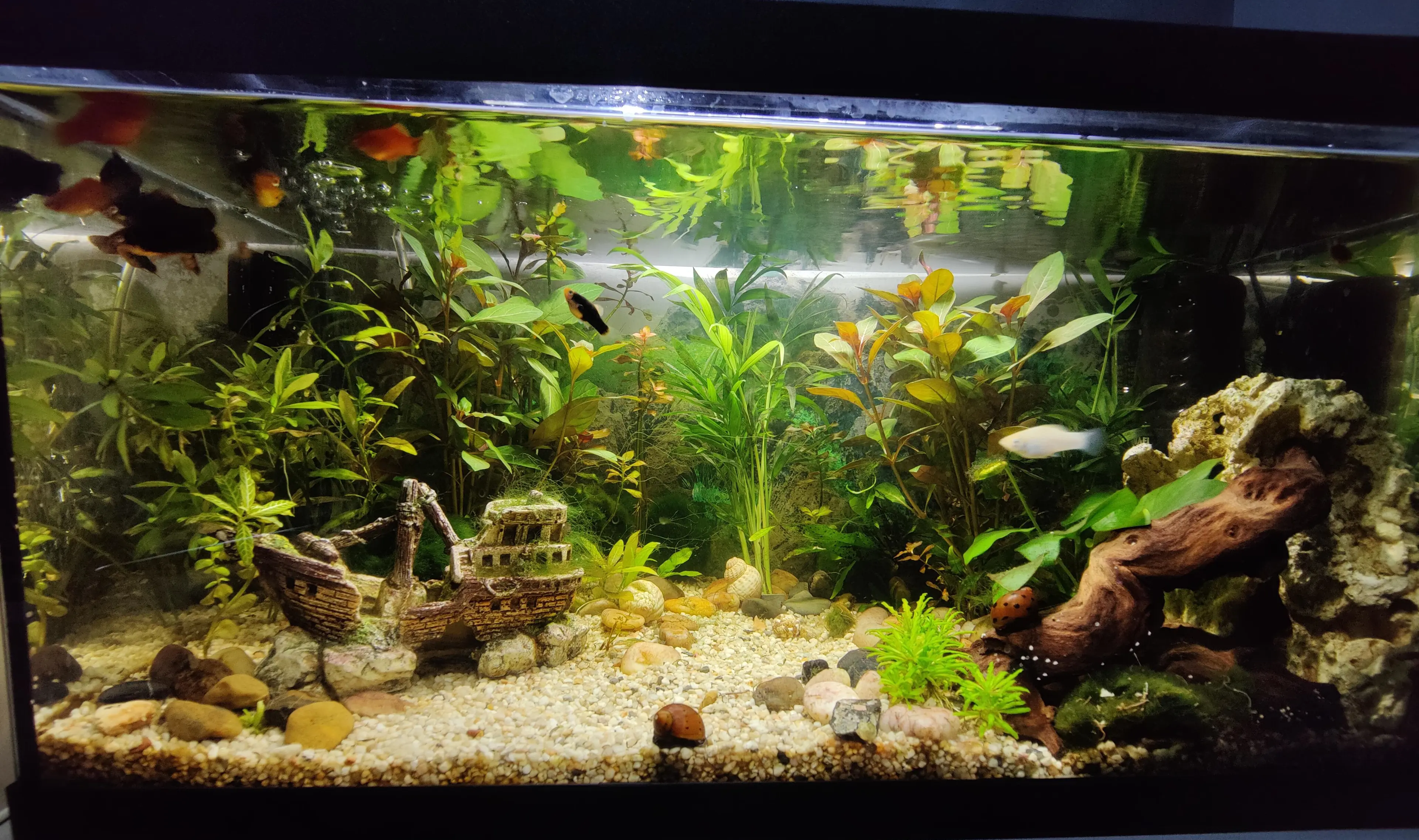
The aquarium should also have plenty of hiding places and plants for the fish to explore and feel secure. A substrate of sand or fine gravel is best for sailfin mollies, as they like to dig and search for food in the substrate.
In addition to providing hiding places and plants, it's important to maintain good water quality in the aquarium. This includes regular water changes, adequate filtration, and monitoring of water parameters. Speaking of water parameters, let's dive into that topic next.
Water parameters
Maintaining good water quality is essential for the health and well-being of your sailfin mollies. As mentioned earlier, sailfin mollies prefer brackish water conditions, with a specific gravity of 1.005 to 1.010.
In addition to salinity levels, it's important to monitor other water parameters such as pH, temperature, and ammonia/nitrite/nitrate levels. The ideal pH range for sailfin mollies is between 7.5 to 8.5, and the temperature should be kept between 75 to 82 degrees Fahrenheit.
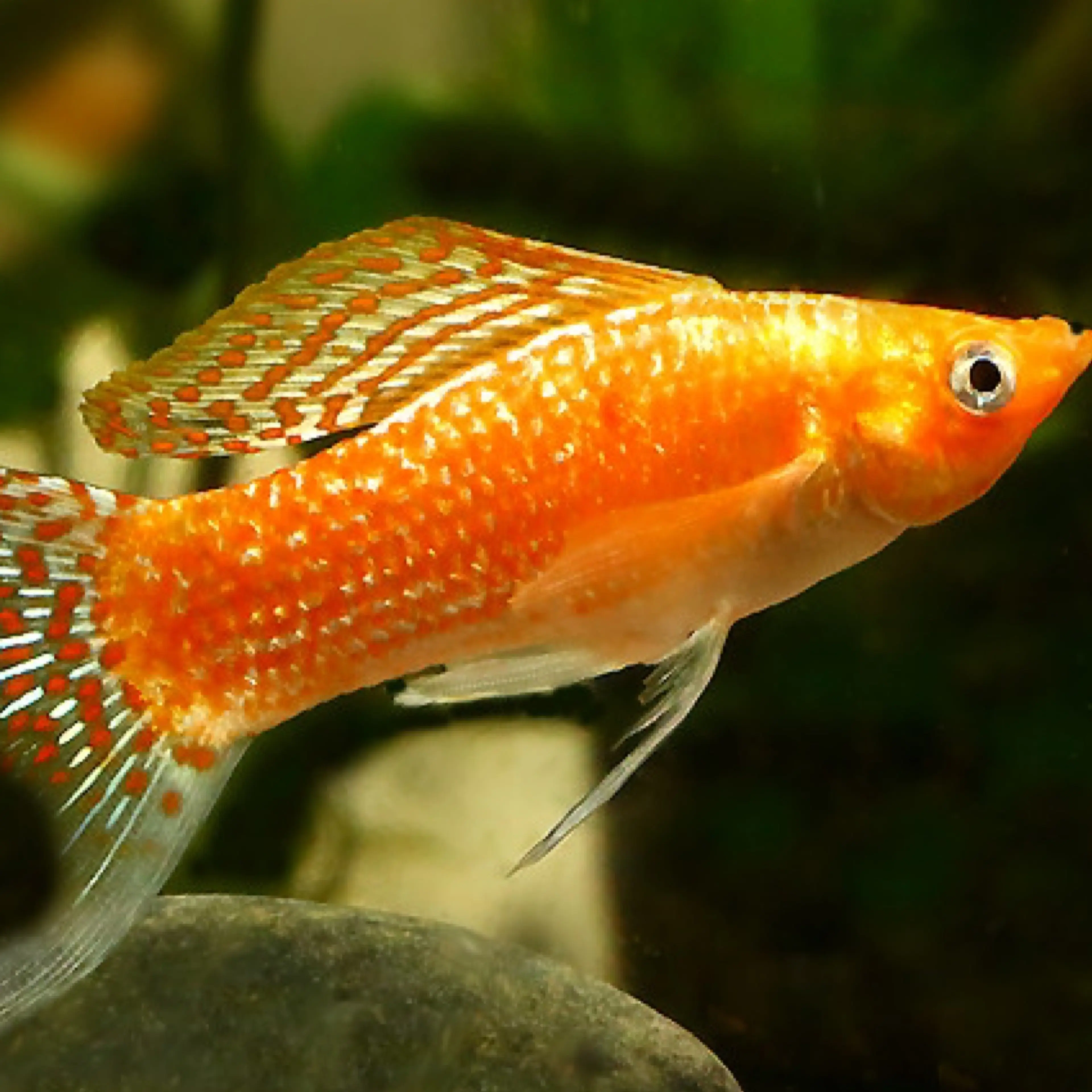
Regular water changes are also crucial for maintaining good water quality in the aquarium. It's recommended to do a 25% water change every two weeks, or more frequently if necessary.
Finally, it's important to note that sailfin mollies are sensitive to chlorine and other chemicals commonly found in tap water. Using a water conditioner to remove these chemicals is essential for the health of your fish.
Now that we've covered water parameters, let's move on to feeding your sailfin mollies.
Feeding
Sailfin mollies are omnivorous, which means they eat both plant and animal matter. In the wild, they primarily feed on algae, small insects, and other small aquatic organisms.
In an aquarium setting, sailfin mollies can be fed a variety of foods such as flakes, pellets, frozen or live foods. It's important to provide a balanced diet that includes both protein-rich foods and plant matter.
Some good options for protein-rich foods include brine shrimp, bloodworms, and daphnia. For plant matter, sailfin mollies enjoy blanched spinach or lettuce, as well as spirulina-based foods.
It's important to feed your sailfin mollies small amounts multiple times a day, rather than one large feeding. This will prevent overfeeding and help keep the water quality in the aquarium at a healthy level.
In addition to providing a balanced diet, it's also important to vary the types of food given to your sailfin mollies. This will help prevent boredom and ensure that they are receiving all the necessary nutrients.
Now that we've covered feeding your sailfin mollies, let's move on to their behavior and compatibility with other fish.
Behavior and Compatibility
Sailfin mollies are generally peaceful fish that can be kept with other peaceful community fish species. They are active swimmers and enjoy exploring their environment.
However, it's important to keep in mind that sailfin mollies can be quite active and may require a larger aquarium to prevent overcrowding. They also have a tendency to nip at the fins of slower-moving fish, so it's important to choose tank mates that are similar in size and temperament.
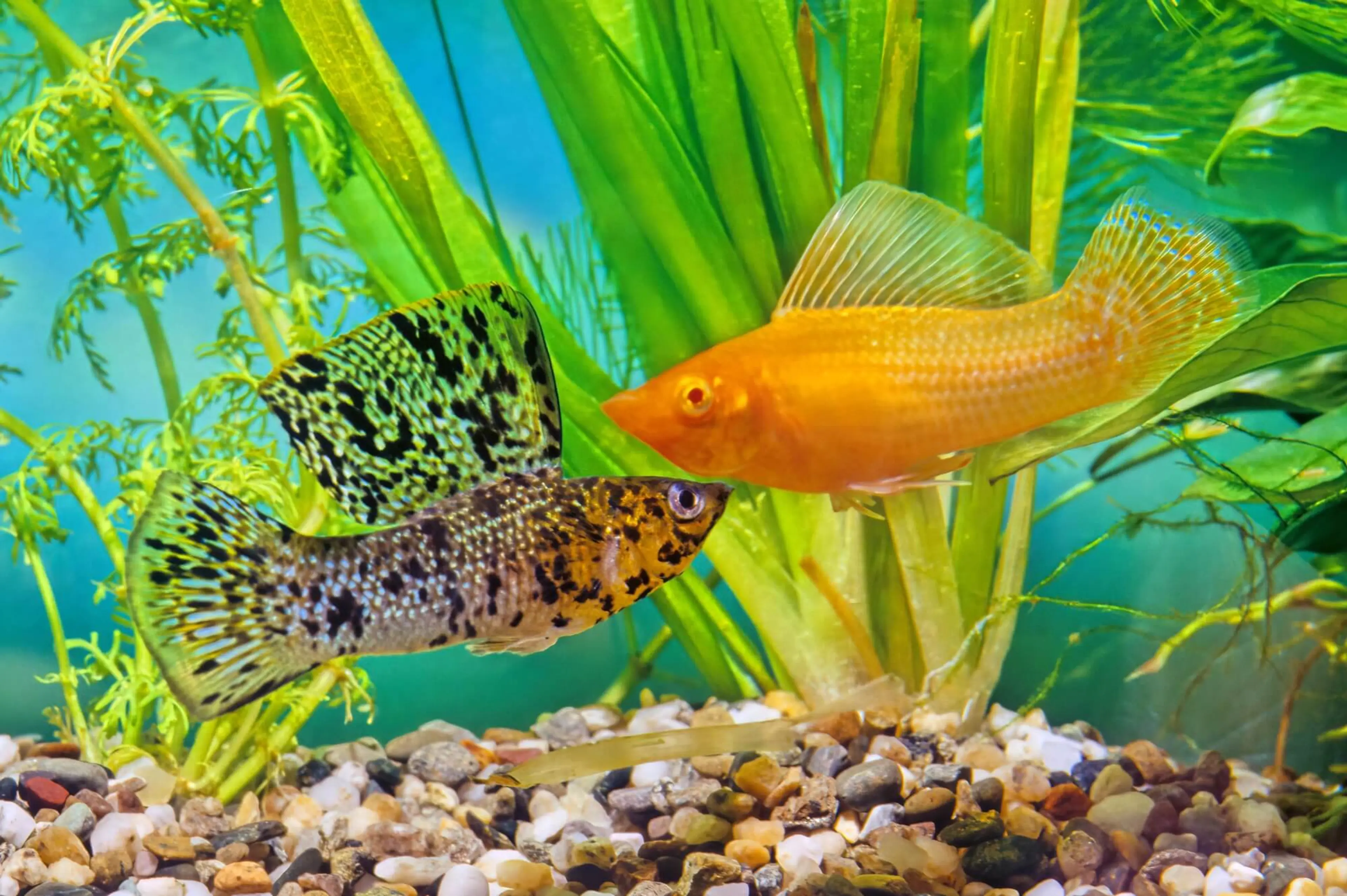
Sailfin mollies are social fish and should be kept in groups of at least three or more. This will help prevent any aggressive behavior towards other fish and ensure that they are happy and healthy.
It's important to note that male sailfin mollies can sometimes become aggressive towards each other, particularly when they are competing for the attention of females. In this case, it's recommended to keep a higher number of females in the aquarium to help diffuse any aggression.
Now that we've covered behavior and compatibility, let's move on to diseases and treatment options for sailfin mollies.
Diseases and Treatment
Sailfin mollies are generally hardy fish and are not prone to many diseases if kept in a clean and well-maintained aquarium. However, like any fish species, they can still be susceptible to certain diseases.
One common disease that affects sailfin mollies is Ich, also known as White Spot Disease. This disease is caused by a parasite and can cause white spots to appear on the fish's body. Treatment options include raising the temperature of the aquarium and adding medication such as copper sulfate or malachite green.
Another common ailment that affects sailfin mollies is fin rot, which can be caused by poor water quality or bacterial infections. Treatment options include improving water quality through regular water changes, adding aquarium salt, and administering medication such as antibiotics.
It's important to note that prevention is key when it comes to fish diseases. Maintaining good water quality, providing a balanced diet, and keeping the aquarium clean and well-maintained can go a long way in preventing diseases from occurring in the first place.
Now that we've covered diseases and treatment options, let's move on to breeding sailfin mollies.
Breeding
Sailfin mollies are livebearers, which means that they give birth to live young rather than laying eggs. Breeding sailfin mollies is relatively easy, and they can produce offspring in as little as two months.
To breed sailfin mollies, you'll need a male and a female. It's best to keep multiple females with one male to prevent any aggression towards a single female. Provide plenty of hiding spots in the aquarium for the pregnant female to give birth.
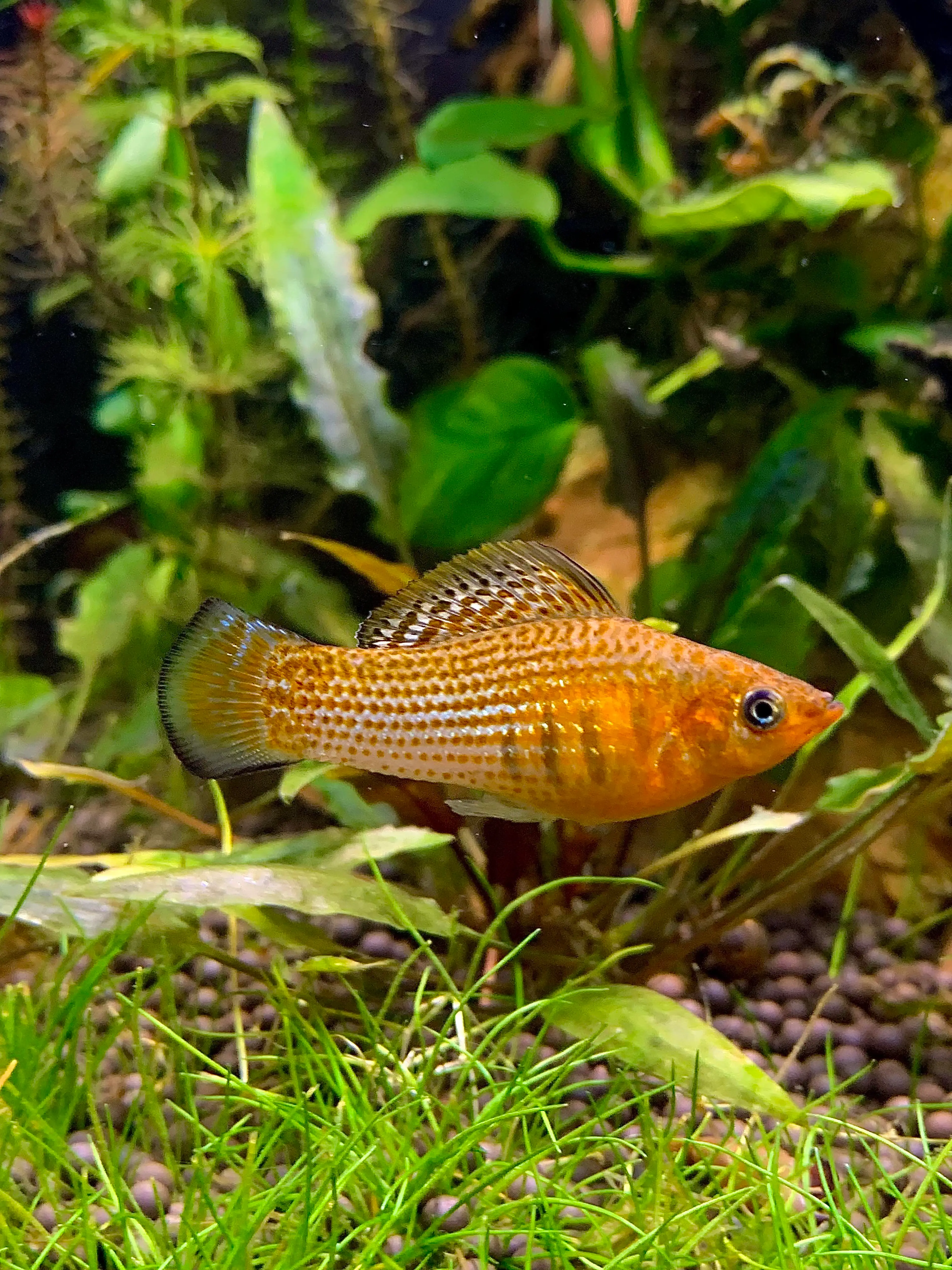
Sailfin mollies can produce large numbers of offspring in a single batch, with anywhere from 20-100 fry born at one time. The fry are typically able to swim and feed on their own soon after birth.
It's important to separate the fry from the adults to prevent them from being eaten. The fry can be fed a diet of crushed flakes or specialized fry food.
Breeding sailfin mollies can be a fun and rewarding experience for hobbyists. Now that we've covered breeding, let's move on to some trivia about sailfin mollies.
Trivia
- Sailfin mollies are named for their large, fan-shaped dorsal fins, which resemble the sails of a boat.
- Sailfin mollies are native to Central and South America, where they are found in freshwater rivers and streams.
- Sailfin mollies are popular aquarium fish due to their hardiness and colorful appearance.
- Sailfin mollies can grow up to 4-5 inches in length, with males typically being larger than females.
- Sailfin mollies are livebearers and can produce large numbers of offspring in a single batch.
- Sailfin mollies are omnivores and can be fed a diet of flakes, pellets, and live or frozen foods.
- Sailfin mollies are known to be quite curious and will often interact with their owners.
- Sailfin mollies have been known to jump out of aquariums, so it's important to keep the aquarium covered.
- Sailfin mollies are popular with aquarists due to their peaceful nature and compatibility with other community fish species.
- Sailfin mollies have been bred in a wide range of colors, including black, orange, and gold.
And there you have it! Some fun and interesting trivia facts about sailfin mollies.
Conclusion
In conclusion, sailfin mollies are a beautiful and hardy species that can make a great addition to any aquarium. With their peaceful nature, compatibility with other community fish species, and ease of breeding, sailfin mollies are a popular choice among hobbyists.
To ensure that your sailfin mollies thrive in your aquarium, it's important to provide them with a well-maintained tank setup, balanced diet, and appropriate water parameters. By taking good care of your sailfin mollies, you can enjoy their colorful appearance, curious nature, and playful behavior for many years to come.
Remember to always monitor your fish for any signs of disease and treat any ailments promptly to ensure the health and well-being of your fish. With the right care and attention, sailfin mollies can be a rewarding and enjoyable addition to any aquarium hobbyist's collection.
